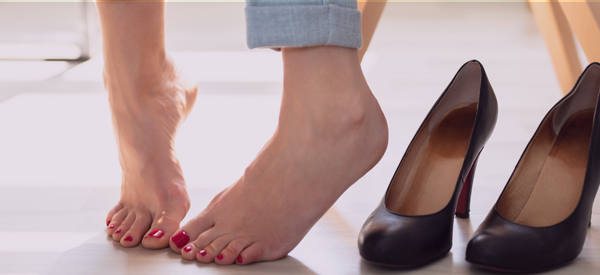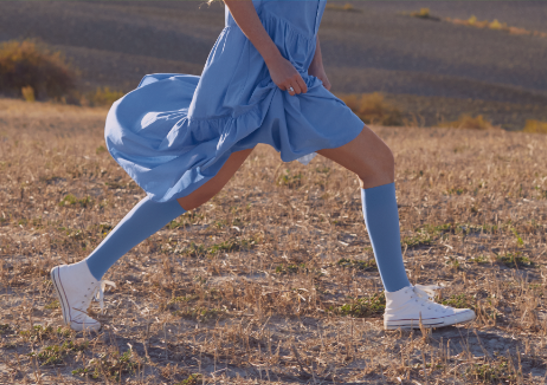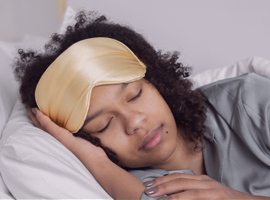Removing some or all of a person’s foot obviously creates challenges with balance and walking. Prostheses, orthotics or footwear should be carefully selected to limit amputation pain. [Learn more…]
Joint stiffness, inflammation and pain (especially during walking) are symptoms of arthritis and osteoarthritis of the foot. These symptoms can be relieved by wearing foot orthotics or adapted footwear. [Learn more…]
Foot pain can be caused by callosities—thickening of the skin on the sole of the foot, heel or outer edge of the big toe. Callosities are caused by friction or excessive pressure (initially, this often results in a blister). [Learn more…]
Corns are small bumps that form on the surface of the toes and can sometimes cause pain with movement due to friction with other toes or the inside of your shoes. [Learn more…]
Calluses are also a thickening of the skin due to friction. They can make your feet sensitive. They can crack, cause pain and be an entry point for bacteria. [Learn more…]
Hammer toes are toes that are curved downward. This deformity is not necessarily painful, but it often leads to the formation of corns, which cause discomfort. [Learn more…]
If you have a sore heel, it may be a heel spur or plantar fasciitis. In both cases, it is best to consult your doctor and an orthotist to find the right treatment and avoid complications. [Learn more…]
Plantar fasciitis is characterized by sharp pain or a burning sensation, which occurs in the morning and intensifies with physical activity. Before becoming constant, it usually appears intermittently. [Learn more…]
Hallux valgus (bunion) can be recognized by warm, red, tender skin on the side of the big toe. This condition is also accompanied by stiffness that hinders walking. Even wearing shoes can be difficult. [Learn more…]
Metatarsalgia refers to any pain, due to inflammation, in the sole of the foot. It may be localized or distributed throughout. [Learn more…]
This disease is characterized by sharp pain in the forefoot, mainly between the 3rd and 4th toes or between the 2nd and 3rd toes. It causes a burning sensation that extends towards the toes, or pins and needles and tingling in the toes. [Learn more…]
Ingrown toenails cause localized pain where the nail penetrates the skin of the toe. [Learn more…]
This malformation does not cause any pain. However, it needs to be treated to avoid complications and problems with gait. [Learn more…]
Cavoid foot can cause pain to the toes, outer edges of the foot, forefoot, heel, ankle and instep. It can be relieved with foot orthotics or orthopedic shoes. [Learn more…]
This complication of diabetes manifests as a loss of sensation, numbness or tingling in the toes. Pain appears and increases gradually. Symptoms may worsen to the point where the person no longer feels any sensation in the affected toe(s). [Learn more…]
With flat foot, pain is felt along the plantar vault or behind the inner bone of the ankle joint. [Learn more…]
Quintus varus is characterized by inflammation causing pain and redness at the base of the little toe. It is easy to identify: a protrusion forms on the toe, extending the outer edge of the foot. [Learn more…]
Plantar warts are small, viral skin growths. They cause localized sensitivity. [Learn more…]







